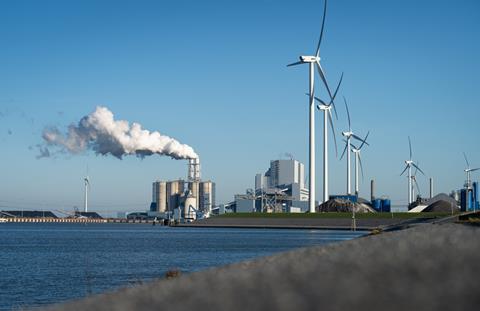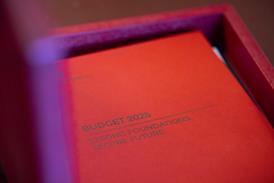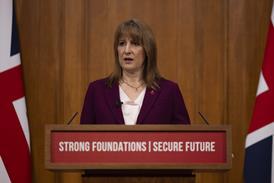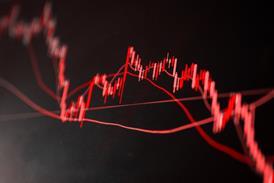
Pension schemes and institutional investors should look beyond industry pledges when assessing whether their asset managers are genuinely committed to net zero, consultancy LCP has said.
The warning follows recent changes and an ongoing review of the Net Zero Asset Managers Initiative. While such pledges provide a useful indication of intent, including target setting and progress reporting, LCP said pension schemes must scrutinise managers’ actions more closely to ensure climate goals are credible.
LCP has suggested four questions for pension schemes to ask their asset managers to help them obtain the required information. These include whether the manager has set a net-zero target, whether it has one or more interim targets, whether the asset management company is “vocal” on net-zero issues, and whether it has considered the broader impact of the climate transition.
LCP also urged trustees to check that managers are active in engaging with investee companies and policymakers on climate transition, and to ensure they have considered broader social implications. The consultancy warned that some firms exclude alternative or illiquid assets from commitments, leaving data gaps that could mask portfolio risks.
Charlotte Dawkins, associate consultant at LCP, said: “Industry pledges can be a helpful starting point, but they do not offer the full picture.
“To really understand a manager’s commitment to net zero, investors need to look beyond the labels and assess their practices, from setting targets to demonstrating progress to engaging with companies. It is only by asking the right questions that investors can gain real confidence in their managers’ climate credentials.”
Earlier this year, consultancy group Ortec Finance warned that current net-zero goals targeting 2050 were no longer sufficient, while the Intergovernmental Panel on Climate Change has warned that the average temperature rise could hit 3°C above pre-industrial levels this century, given the current trajectory.






















